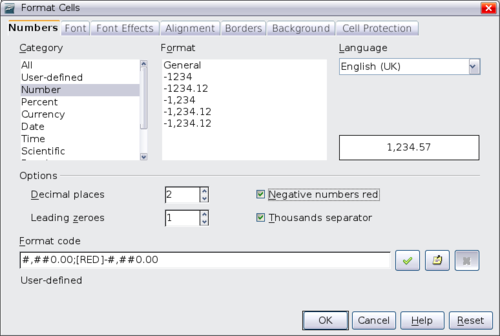Format Cell Properties For Image Size
.The level of detail (of features/phenomena) represented by a raster is often dependent on the cell (pixel) size, or spatial resolution, of the raster. The cell must be small enough to capture the required detail but large enough so computer storage and analysis can be performed efficiently. More features, smaller features, or a greater detail in the extents of features can be represented by a raster with a smaller cell size.
However, more is not often better. Smaller cell sizes result in larger raster datasets to represent an entire surface; therefore, there is a need for greater storage space, which often results in longer processing time. Comparing small versus large cell sizes.Choosing an appropriate cell size is not always simple. You must balance your application's need for spatial resolution with practical requirements for quick display, processing time, and storage. Essentially, in a GIS, your results will only be as accurate as your least accurate dataset. If you're using a classified dataset derived from 30-meter resolution Landsat imagery, then creating a digital elevation model (DEM) or other ancillary data at a higher resolution, such as 10 meters, may be unnecessary.

Format Cell Properties For Image Size Calculator

The more homogeneous an area is for critical variables, such as topography and land use, the larger the cell size can be without affecting accuracy. Comparing spatial resolution to information content.Determining an adequate cell size is just as important in your GIS application planning stages as determining what datasets to obtain. A raster dataset can always be resampled to have a larger cell size; however, you will not obtain any greater detail by resampling your raster to have a smaller cell size. Depending on your future plans for your data, it may be worthwhile to store a copy of your data at its smallest and most accurate cell size, meanwhile resampling it to match that of your largest and least accurate.

Do any of the following: Copy formatting to another picture or object. You can copy the formatting that you applied to an object and add it to another object. You can't, however, copy size, or image effects such as distortions or blurring. On the View menu, click Print Layout. Click the object that has the formatting that you want to copy. The Format Class. This section describes the methods and properties that are available for formatting cells in Excel. The properties of a cell that can be formatted include: fonts, colors, patterns, borders, alignment and number formatting. How to resize pictures to fit cells in Excel? Normally inserted pictures floats over cells, and most of time one pictures covers a lot of cells. If a worksheet has a large number of pictures, you may want to put each picture into a single cell. But how to deal with it?